Getting to celebrate Mha Puja in Nepal this year was a special treat. Typically, Mha Puja is reserved for family members, so I’ve never had the chance to experience it before. Since it’s my first year as a wife, I got to participate in the lovely ritual with my family. Hindu festivals and rituals are so different from what we celebrate back home in the states, so it’s been exciting seeing a completely different culture and how they celebrate the holidays.
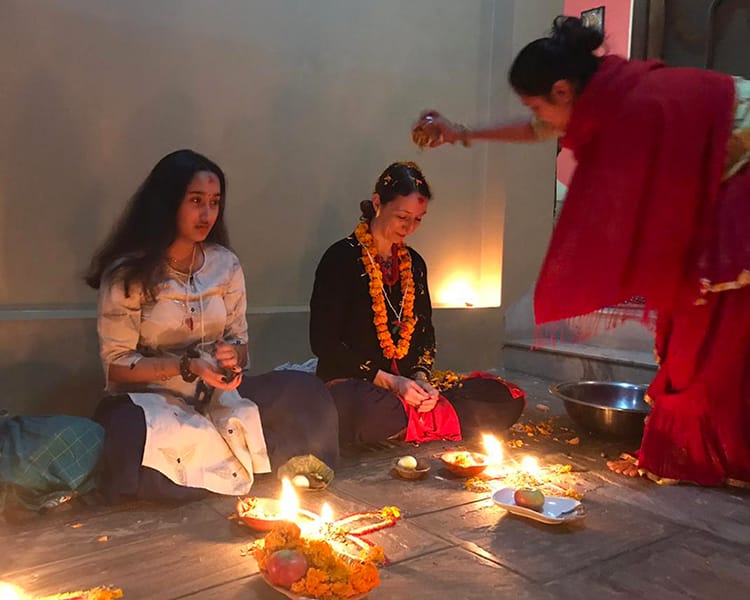
What is Mha Puja?
Mha Puja is a festival celebrated specifically by the Newari caste during the five day Tihar festival. Mha Puja takes place on the fourth day of the festival, and it is also considered Newari New Year. In Nepal, several of the castes have their own New Year Day and their own calendar. For Newars, it’s 1140 instead of 2020. For the Nepalese, it’s 2077. Somehow, we manage to be in the past, present, and future all at once.
Mha Puja is the celebration of oneself and is also called “self-worship day.” There are a few different meanings behind the day. Some believe it is a day of cleansing and purifying the soul. Others feel it celebrates one’s spirit. Overall, it’s meant to start the New Year with a blessing of happiness, wealth, and good health.
I liked to think of it as a way of stopping and thanking myself for the last year. That may sound silly, but it’s been a tough year for everyone and I wanted to appreciate myself for doing the best I could this year. It’s so important to be kind to yourself and a day dedicated to self-worship seemed like an appropriate time to stop and do that.
How to Celebrate Mha Puja in Nepal
During Mha Puja, a small mandal (mandala) will be drawn on the ground for each member of the family. It seems that these are more traditional then the rangoli (colorful mandalas) drawn on Laxmi Puja the day before. On Laxmi Puja, we could pick any shape we wanted but on Mha Puja it was a specific shape that needed to be drawn. This design is based on spiritual beliefs of the family and may be passed down from generation to generation. My family’s looked a bit like two infinity symbols intersecting in the center.
At the front of all of the mandals are a few small circles for the different deities. During the puja (religious ceremony), each family member sits next to their mandal and performs self-worship. This includes putting on malas (flower garlands made from marigolds), lighting candles and incense, having tons of flower petals, coins, and nuts poured over your head, and eating shagun (holy food which includes a hardboiled egg, fried fish, small black beans, fried garlic and ginger).
Symbolism of items in Mha Puja
There are a lot of items in a Nepali style puja, and I’m still learning so much about what they mean. It’s interesting to learn about. Here are some of the main ones in Mha Puja that caught my eye.
Mandal: The mandal (mandala) represents the universe.
Destroying the mandal: Mandal are extremely pretty and one might want to keep it there forever but ours were destroyed almost immediately after the ceremony. This represent impermanence of all things.
Candle/Wick: The long wick that is lit next to the mandal represents the spreading of light to others and how long they burn is sometimes compared to the length of one’s life.
Fruits: Fruits are given to each member of the family and they represent longevity and good fortune.
When is Mha Puja?
Nepal has a different calendar than we do back home, so the dates of festivals vary a lot from year to year. Mha Puja is the fourth day of the Tihar festival. It always falls the day after Laxmi Puja. This will typically fall in October or November.
How to celebrate Mha Puja as a tourist
I always try to share how people can get involved if they happen to be in Nepal during a festival, but Mha Puja is one of the festivals that is practiced almost entirely at home. If you are friends with a local, they may invite you over, however most families have this ritual with just their family members making it difficult to participate.
Since Mha Puja is the day after Laxmi Puja, you can usually walk through the streets of major cities like Kathmandu and Pokhara and watch as local children dance in the streets and celebrate. Since only Newars do Mha Puja, most of Nepal is still out celebrating Tihar. You can walk around and see all the rangoli (mandalas) made in front of people’s homes and businesses or look at the lights hanging from the buildings at night. It’s such a festive time of year to be walking around the city. I highly recommend getting out there and enjoying it.
Photos of Mha Puja
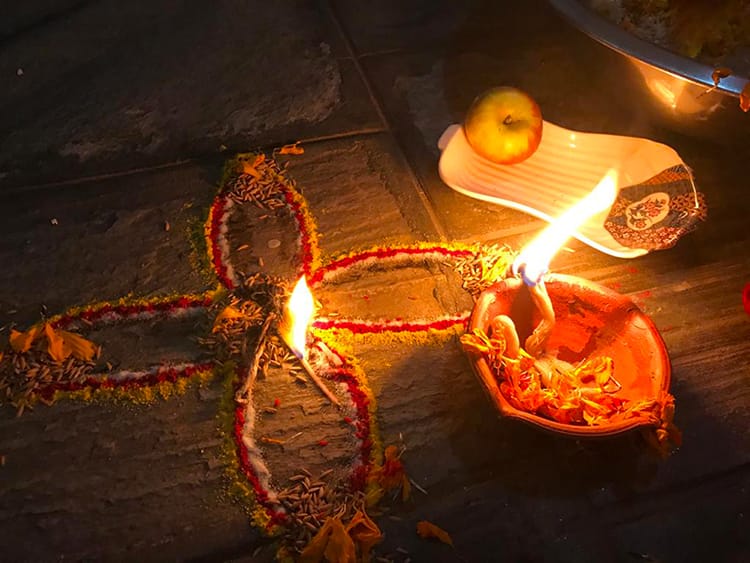
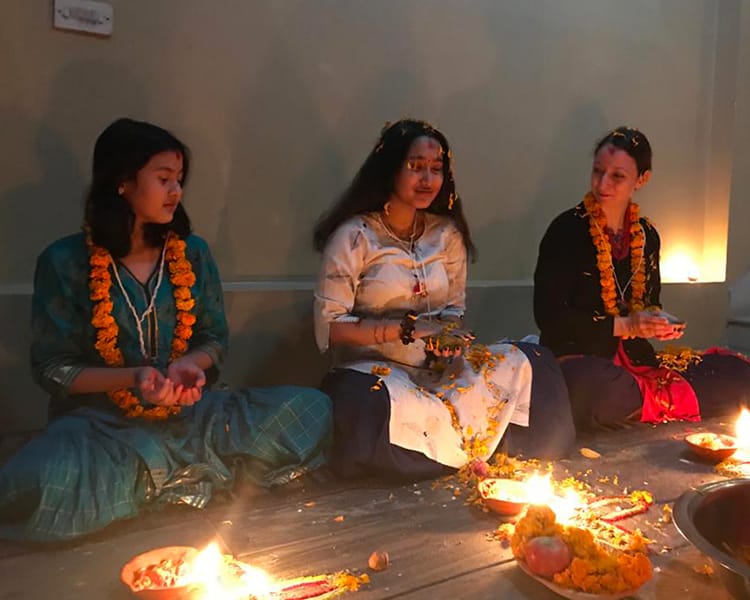
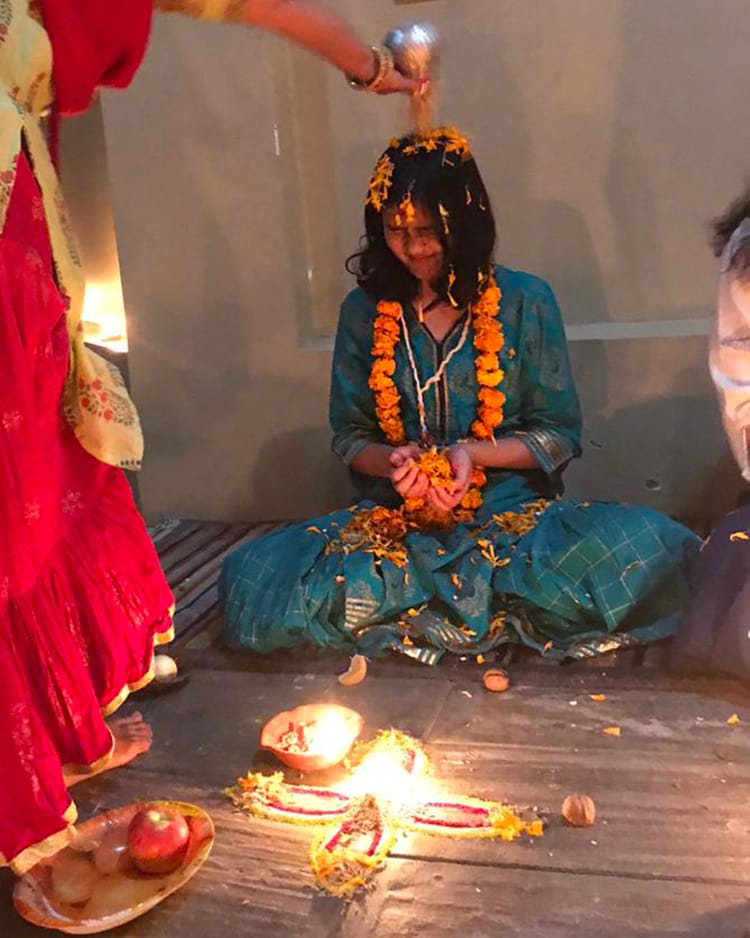

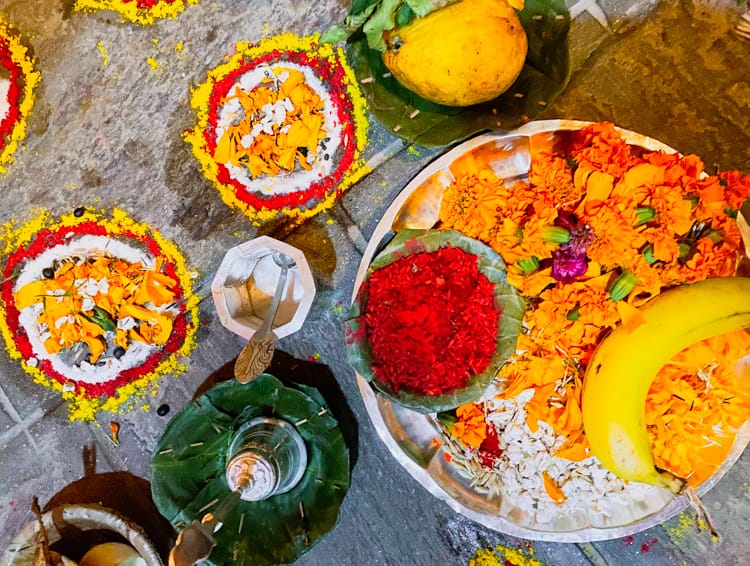

You might also like…

Michelle Della Giovanna
Writer at Full Time Explorer
I’m just your average New Yorker who quit her job in the fashion industry to explore the world. Come find out what it’s like to trade in five-inch heels for squat toilets.
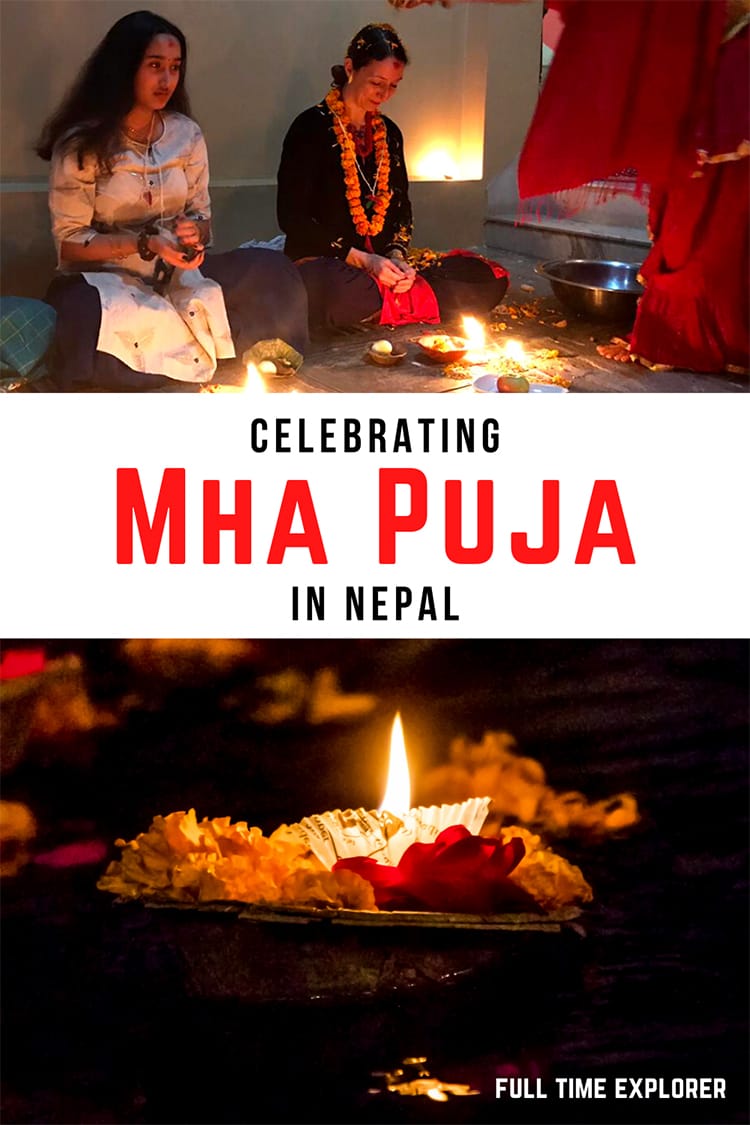
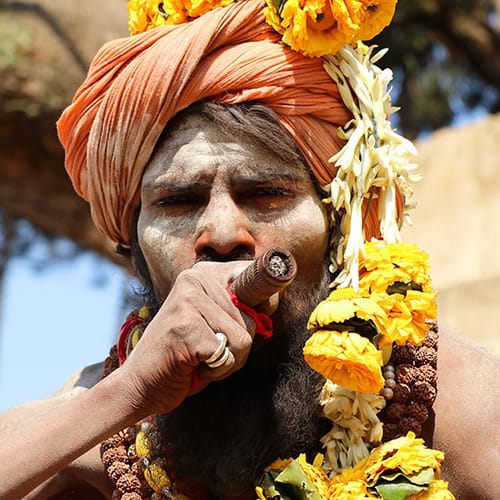
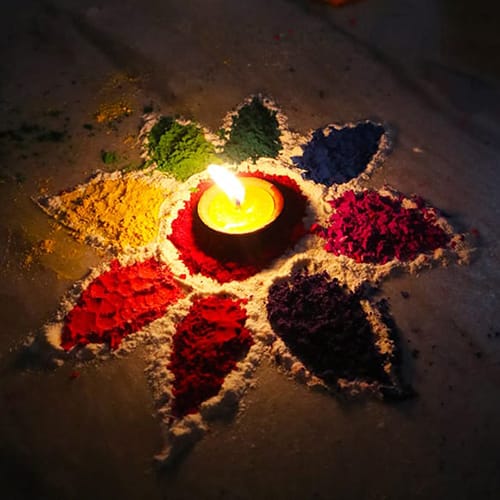

Leave a Reply